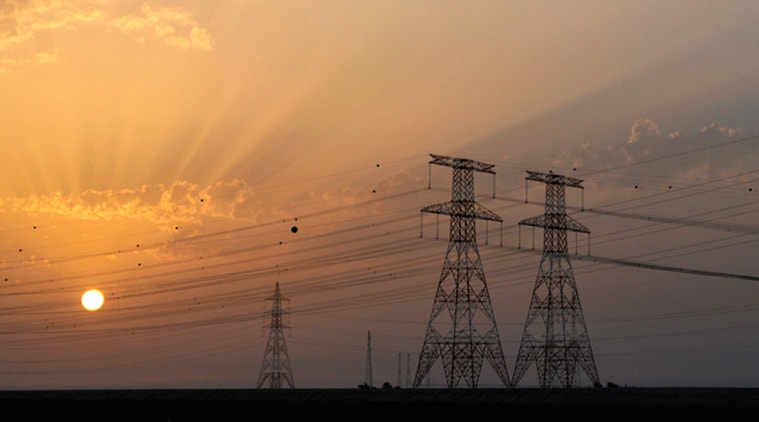 New rates to come into effect from April 1 (Representational Image)
New rates to come into effect from April 1 (Representational Image)
In the national capital, around 48 lakh electricity connections fall under the domestic category, while around 80 per cent of the consumers are covered by the Delhi government’s subsidy scheme. An electricity bill in Delhi has five components — energy charge (EC), fixed charge (FC), an 8 per cent surcharge for liquidation of revenue gaps of discoms, 3.8 pension surcharge and a 5 per cent electricity tax.
The new tariff order of DERC has slashed energy charges and hiked fixed charges (to bring it on a par with the fixed cost, which is mainly the expenditure incurred by discoms that is not variable). It becomes significant to note here that around 26 lakh domestic consumers in Delhi have sanctioned load of up to 2 KW and 16.5 lakh with sanctioned capacities between 2-5 KW.
Read | Delhi power tariff cut: AAP calls it a victory, Opposition targets fixed charge
For an average household of four, with a sanctioned load of 3 KW, the impact of the new tariff order will be as follows:
* The prevailing fixed charge for connections falling between 3-5 KW is Rs 35. This has been raised to Rs 140 by the DERC. But that will not automatically lead to an astronomical hike in your power bill.
* This is because the DERC has also substantially cut energy charges, which is the most determining component of your power bill. Say, you consume 315 units for the month of April, then what will be your bill (after factoring in the 50 per cent rebate on energy charge?)
* It goes like this: Fixed charge (Rs 140) + Energy charge (Rs 315 x Rs 2.25) + 5 per cent tax on energy charge (Rs 35.43) + Pension surcharge of 3.8 per cent (Rs 32.25) + Liquidation surcharge of 8 per cent (Rs 67.9) = Rs 984.
* For the same consumption, one shells out Rs 1,123 under the current tariff structure, which effectively means savings of around Rs 139, which translates to about 13 per cent.
n According to official statistics, the subsidy scheme benefitted around 37.28 lakh consumers in 2017-18.